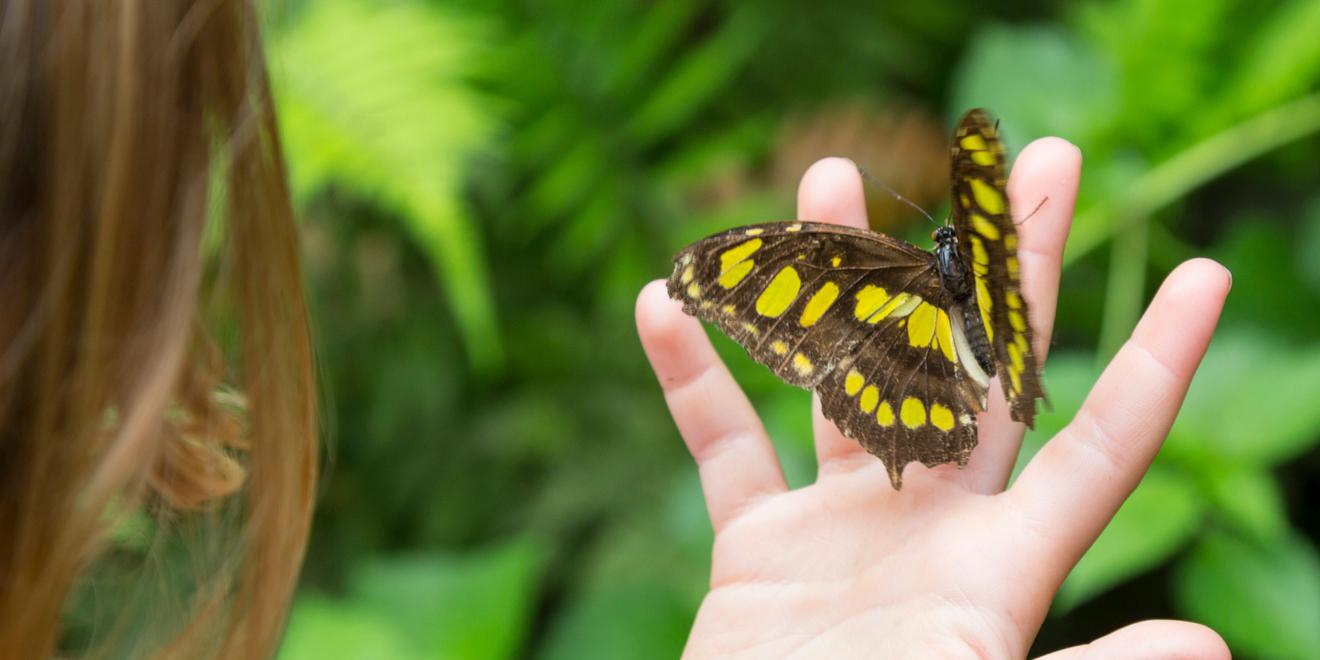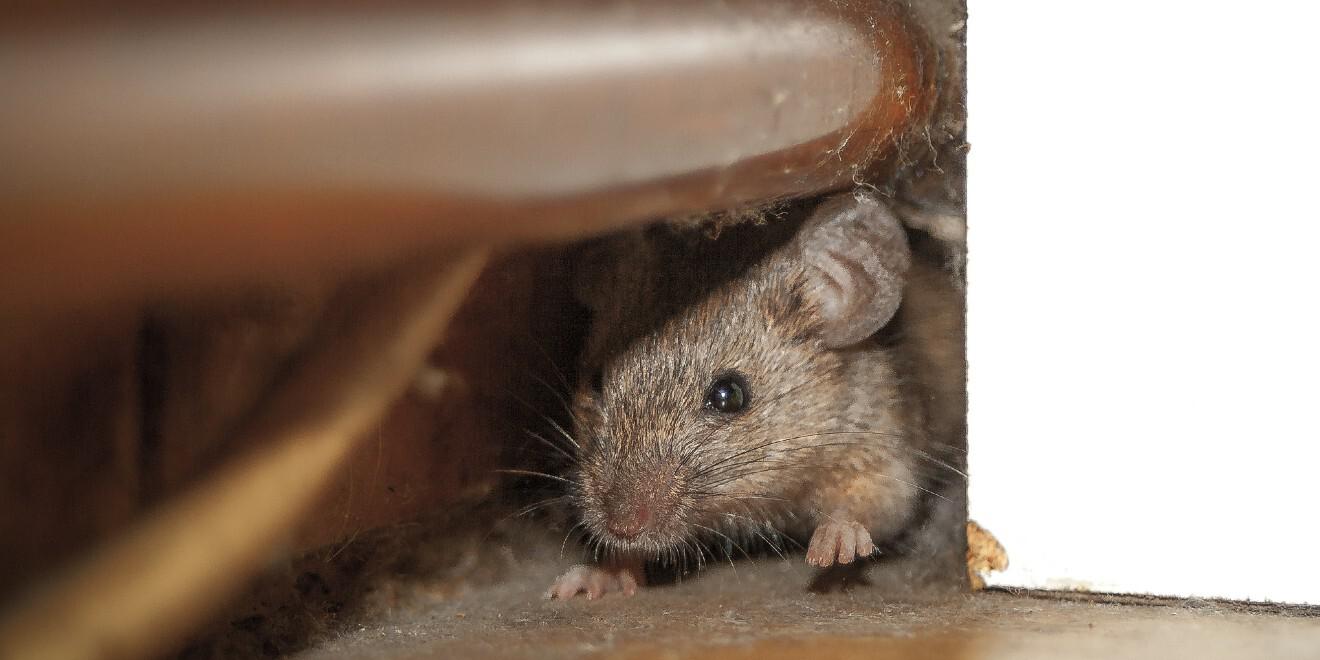Minnesota Faces a New Tick-Borne Disease Threat
Posted by Mosquito Squad
March 24, 2016
Awareness of Lyme Disease has grown over the past few years with high profile celebrities speaking to the media about their struggles with Lyme Disease and chronic Lyme Disease. While it is possible to get Lyme Disease throughout most of the U.S., the disease prevalence is much denser in the Midwest and Northeastern United States where deer ticks thrive.
The bacteria Borrelia burgdorferi was previously thought to be the only cause of Lyme Disease, until now. Research conducted in collaboration with the CDC and the Mayo Clinic has led to the discovery of a new bacteria capable of causing Lyme Disease. Temporarily named Borrelia mayonii, genetic tests show a close relationship between the two bacteria.
New Lyme Disease Bacteria
The study has so far discerned the new bacteria to only be found in the upper Midwest (North Dakota, Wisconsin & Minnesota). The newly discovered Lyme bacteria ( B. mayonii ) is also spread by deer ticks. B. mayonii results in an illness very similar to Lyme with just a couple of key differences. Unlike B. burgdorferi, the new Lyme bacteria is associated with nausea and vomiting, a higher concentration of bacteria in the blood and diffuse rashes vs. the typical “bull’s eye” rash associated with Lyme disease.
Treatment for B. mayonii Lyme Disease
Patients who were found to have been infected with B. mayonii were successfully treated with the same antibiotic regimen applied to Lyme Disease patients (doxycycline, amoxicillin or cefuroxime axetil). The CDCis conducting further research with the help of state health departments in Minnesota, North Dakota and Wisconsin to learn more about B. mayonii, it’s symptoms and how far the bacteria may extend geographically.
As with all tick-borne disease prevention, we advise you to keep your yard less hospitable to tick habitats by following the 6 C’s of tick control. For further reduction of the tick population in your yard sign up for our Intensive Tick Treatment which combines our tick barrier treatment & tick tubes for up to a 95% reduction of ticks on your property. Call todaY.















